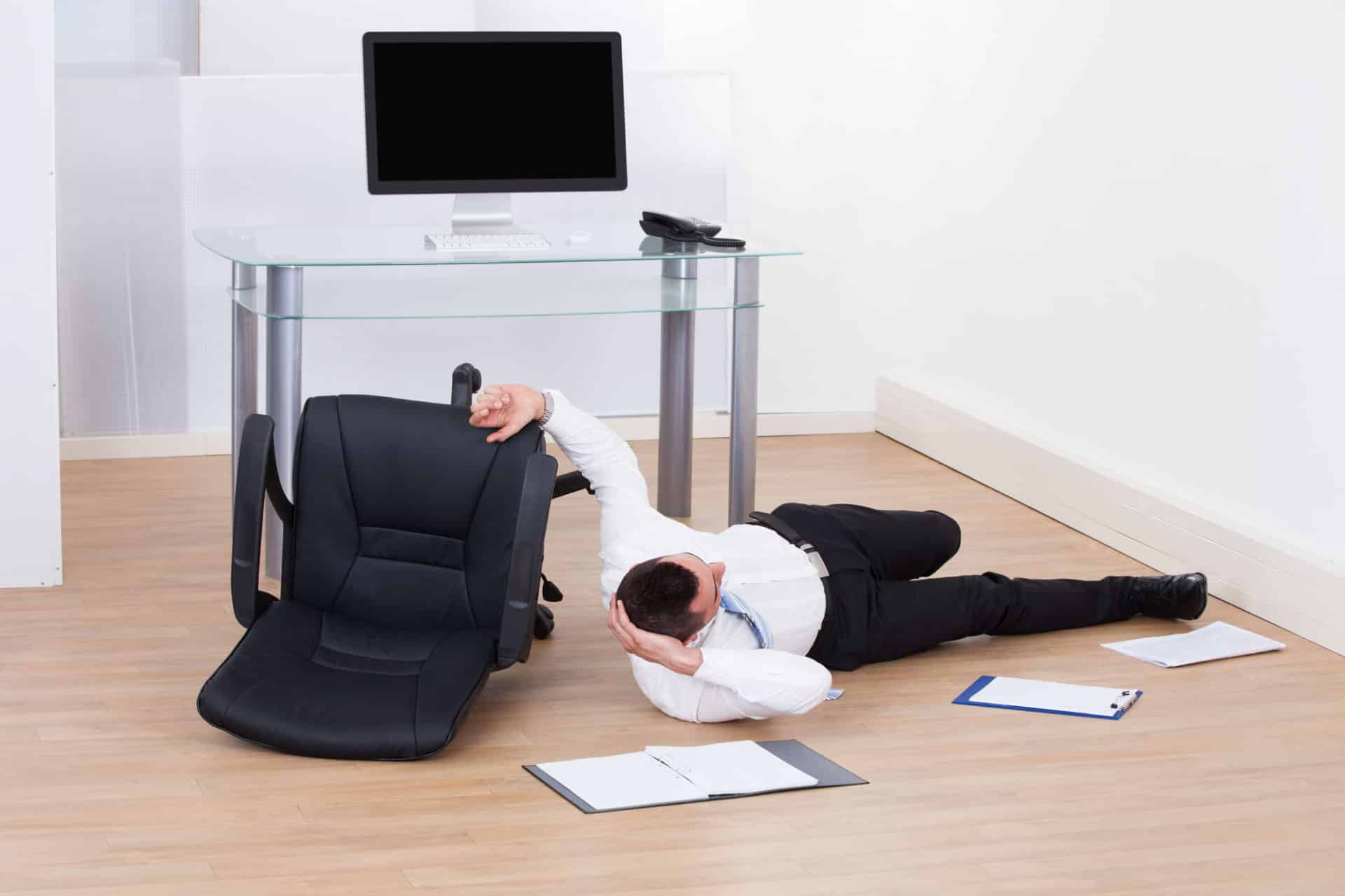Free Consultation
Free Consultation

Nobody expects to be injured on the job. In fact, many employers dedicate a large portion of their budget to educating employees on safe practices and in safety codes. Yet in every state across the nation, worker’s compensation insurance plans continue processing tens of thousands of cases every year.
The Workers’ Compensation Board in New York, for instance, reported 99,755 total established workers compensation claims – or claims in which the WCB has recognized an accident or injury as found to be work-related – in 2017 alone.
Granted, that figure is down significantly from the 2016 Dept of Labor Statistics report of 139.5k total cases, nearly 57% of which resulted in missed or restricted work, but that is still a lot of injuries. The district office locations in New York in order of most claims reported are: Queens, Albany, Brooklyn, Long Island, and Manhattan.
So, if you have suffered an injury while on the job and accrued medical expenses or been forced to miss work as a result, you can safely say that you are most definitely not the only one. There are a lot of people getting hurt on the job, and a lot of people filing claims.
In this post, we’re going to cover some of the most common reasons that people file claims. If you were hurt on the job, consult with a knowledgeable NY worker’s compensation lawyer to learn if you are eligible to file a worker’s compensation claim and get advice on how to proceed to ensure you receive the best possible outcome.
These claims are due to injuries that occur when a muscle is pulled or a joint is forced beyond the typical range of motion. Moving heavy objects (lifting, pulling, pushing, or throwing them) is often the cause of strains, sprains, and/or inflammation included in the claims. Strains, sprains, and inflammation are actually all within the top five injuries associated with worker’s compensation claims across the entire country.
These types of claims are often classified as “slip and fall” or “trip and fall” claims through worker’s compensation insurance. New York personal injury attorneys often have extensive experience in these areas.
A claim of single level fall arises most frequently as an injury sustained when an employee slips on wet floors in or around the workplace. Weather is usually the culprit. Snowy walkways, wet floors, and slick building perimeters are all commonly documented in claims like this. Less often, there are claims from falling to a lower level – off a ladder, a roof, or down a flight of stairs.
Alternatively, when an employee slips or trips, but is able to avoid an actual fall, an injury can still occur due to their bodily reaction to the feeling of falling. It sounds strange, but it makes sense if you think about it.
When this happens, the reaction typically manifests as a strain or sprain. Maybe you trip over an odd-laid box and catch yourself, but roll your ankle – this would classify as a bodily reaction claim with worker’s compensation.
A repetitive motion injury is difficult to confirm because it stems from an employee performing the same motions over and over. Typically, we see only a gradual escalation in these cases and so there may not have been documentation from the beginning of symptoms. Some common examples of repetitive motion are using a mouse, sitting, lifting boxes, and working on an assembly line, and the common injuries associated with them include tendonitis, carpal tunnel, back strain, and bursitis.
Being struck by or against an object and machinery accidents are more common in warehouse and factory settings where employees are likely to be working on multiple levels and/or with large, heavy machinery and stacked objects. Highway incident claims are common in occupations that require driving for business purposes. All of these kinds of claims often have huge cost ramifications.
If you are unsure whether your injury is a viable worker’s compensation claim, it is always better to err on the side of caution and reach out for sound legal advice.
Ultimately even what seems to be a minor injury – a twisted ankle, a strained wrist – can impact your productivity substantially. It’s true, the most common injuries are often the ones most easily prevented when the proper safety measures are put into place. Unfortunately, in the real world, this doesn’t always happen.
Depending on the type of injury, the average number of missed work days in worker’s compensation claims is anywhere from 24 to 91 days. Some injuries result in even longer absences. If you’re in a situation like this, don’t let downtime from an injury you suffered at your workplace keep you from being able to take care of your financial responsibilities.